Boysenberry Problems: Learn About Common Boysenberry Pests And Diseases
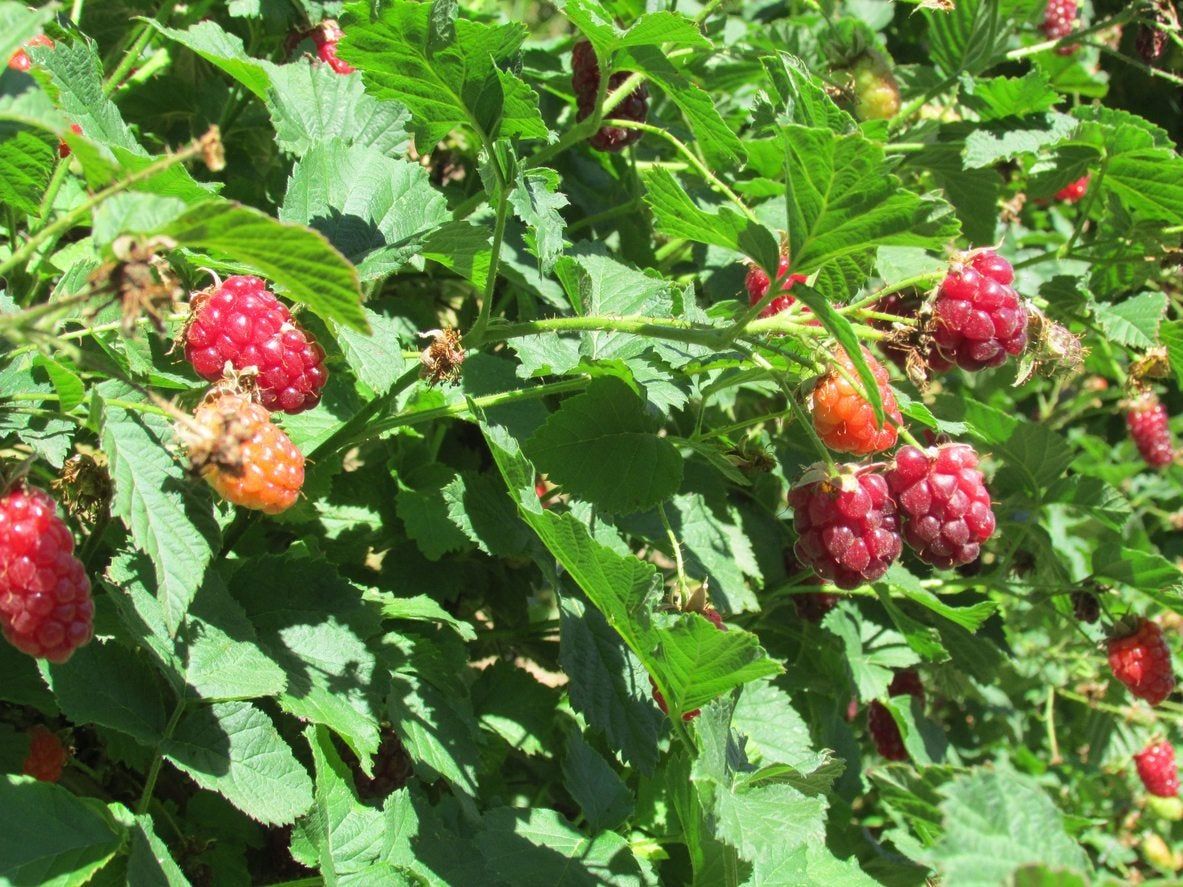

Boysenberries are a fiber and vitamin C rich, vining hybrid mixture of raspberries, blackberries, and loganberries. Hardy in zones 5-9, boysenberries are eaten fresh or made into preserves. When growing boysenberries, well-draining, sandy soil and proper watering are essential to prevent many common fungal diseases. In fact, boysenberry plants are so susceptible to a number of fungal conditions that many gardeners have become reluctant to even try growing them. In this article, we will take a closer look at common boysenberry pests and diseases.
About Boysenberry Problems
Once a popular garden plant, boysenberries are seldom grown in home gardens today because of their susceptibility to fungal diseases and certain insect pests. However, fungal diseases can happen to any plant. Fungal problems with boysenberries can be prevented with proper sanitation and irrigation practices. Providing plants with adequate air circulation is one such practice. Giving plants a little extra space of their own and pruning out crowded old canes can increase air circulation for plants. It is also important to clean up garden debris and weeds, which may harbor fungal spores around boysenberry plants. Proper irrigation practices basically means always watering plants directly at their root zone, rather than overhead watering. Overhead watering can cause wet spots on foliage which fungal spores can easily adhere to. Overhead watering also creates more opportunities for soil borne pathogens to splash back up onto plant tissues. A light, gentle trickle directly at the root zone is always best. It is also recommended that you not plant boysenberries in a site which housed tomatoes, eggplants, or potatoes in the last 3-5 years, as these plants may have left harmful disease pathogens in the soil.
Common Boysenberry Pests and Diseases
Below are some common boysenberry issues: Anthracnose – Also called cane dieback, anthracnose is caused by the fungal pathogen Elsinoe veneta. Symptoms may first be noticed in spring to early summer as small purple spots on new shoots or spots with purple margins. Spots will grow larger, take on a more oval shape, and turn gray as the disease progresses. Eventually, infected canes will die back. Using fungal dormant sprays can help prevent this disease. Cane and Leaf Rust – Caused by the fungus Kuehneola uredinis, cane and leaf rust symptoms will first appear as small, yellow pustules on the canes and foliage of boysenberry plants and their relatives. As the disease progresses, foliage will become heavily spotted and the canes will crack and dry out. Foliage may also dry out and become brittle. Cane and leaf rust is not a systemic disease, so it only affects the canes and foliage not blooms or fruit. Infected canes and foliage should be pruned out and destroyed. Crown Gall – Caused by an agrobacterium, crown gall is a bacterial disease common in boysenberry plants. Symptoms are large, wart-like galls on the roots and base of canes. If these appear, infected plants should be dug up and destroyed immediately. Dryberry Disease – There are actually two diseases commonly known as dryberry disease in boysenberries. The first is common downy mildew, caused by the fungus Peronospera sparsa. The second is also a fungal disease caused by the pathogen Rhizoctonia rubi. Both diseases cause berries to suddenly shrivel up and dry out. Unripened berries will become dry and crumble. Canes may also display necrotic spots. Infected plants should be dug up and destroyed. Orange Rust – Orange rust can be caused by two separate fungal pathogens Gymnoconia peckiana or Kunkelia nitens. At first, small yellow spots may appear on both sides of boysenberry foliage. The spots on the undersides of the foliage will grow to form irregularly shaped pustules. When conditions are right, these pustules will burst open releasing orange spores. Orange rust is a systemic disease that does infect the entire plant, though symptoms only appear on the foliage. Infected plants will not produce harvestable fruit. Plants with orange rust should be dug up and destroyed. Septoria Cane and Leaf Spot – Caused by the fungus Mycosphaerella rubi, septoria cane and leaf spot is very similar to anthracnose of boysenberry. Symptoms are spots with light brown to tan centers. Tiny black spots may also appear in the larger brown to tan spots. Copper fungicides may help control this disease. Some common insect problems with boysenberries are:
Gardening tips, videos, info and more delivered right to your inbox!
Sign up for the Gardening Know How newsletter today and receive a free copy of our e-book "How to Grow Delicious Tomatoes".
-
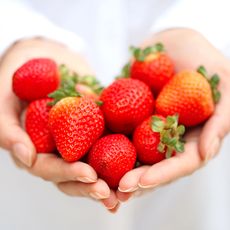 How To Grow Strawberries From A Strawberry: All You Need To Cultivate Yummy Fruits
How To Grow Strawberries From A Strawberry: All You Need To Cultivate Yummy FruitsYou may know how to grow strawberries from small plants or runners – but what about growing from the fruit? Here we show you how to grow strawberries from a strawberry
By Mary Ellen Ellis
-
 Best Tomatoes For Containers: 10 Tastiest Varieties For Plentiful Produce In Compact Areas
Best Tomatoes For Containers: 10 Tastiest Varieties For Plentiful Produce In Compact AreasThese are the best tomatoes for containers that prove you don't need to have a large space or elaborate garden to grow delicious produce.
By Bonnie L. Grant
-
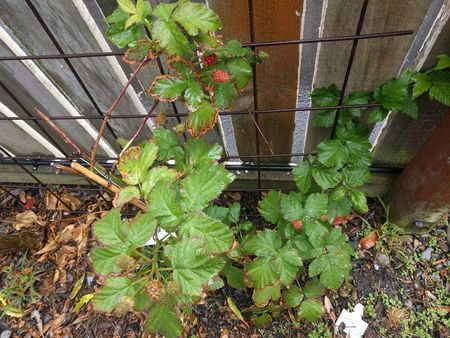 Winterizing Boysenberry Plants – How To Treat Boysenberries In Winter
Winterizing Boysenberry Plants – How To Treat Boysenberries In WinterBoysenberries are a cross between common blackberry, European raspberry, and loganberry. Although they are robust plants that thrive in cold weather, boysenberries require a little winter protection in chilly climates. Learn more in this article.
By Mary H. Dyer
-
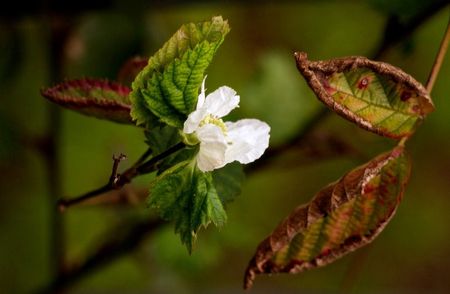 Boysenberry Disease Info: Learn How To Treat A Sick Boysenberry Plant
Boysenberry Disease Info: Learn How To Treat A Sick Boysenberry PlantBoysenberries are delightful to grow, giving you a harvest of juicy, sweet berries in the late summer. This cross between raspberry and blackberry varieties is not as common as it once was, but it should be. Watch out for common diseases though, as explained in this article.
By Mary Ellen Ellis
-
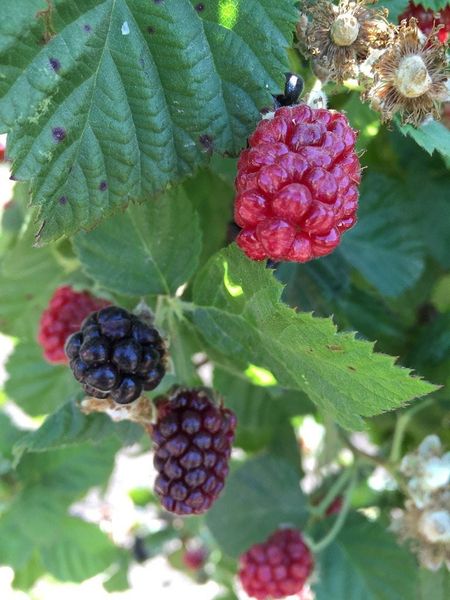 Potted Boysenberry Plants – Growing Boysenberries In A Container
Potted Boysenberry Plants – Growing Boysenberries In A ContainerBoysenberries are a popular fruit, a hybrid among several other varieties of cane berry. Most commonly grown in gardens in the warm, moist regions of the U.S. Pacific Northwest, they can also be grown successfully in containers. Learn more here.
By Liz Baessler
-
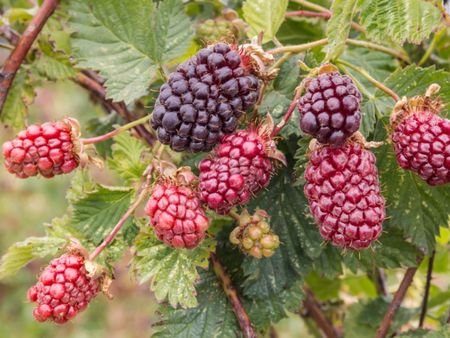 Cutting Back Boysenberries: Tips For Effective Boysenberry Pruning
Cutting Back Boysenberries: Tips For Effective Boysenberry PruningIf you want to grow boysenberries, you'll need to undertake regular boysenberry pruning. For tips on cutting back boysenberries, this article will help. Click here for more information on how and when to prune boysenberry plants.
By Teo Spengler
-
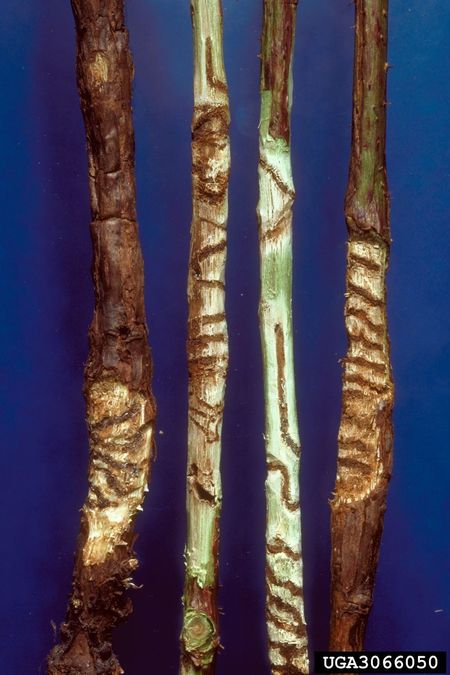 Boysenberry Pests: Learn About Bugs That Eat Boysenberries
Boysenberry Pests: Learn About Bugs That Eat BoysenberriesAlthough they are fairly low maintenance, boysenberry pests can still be a problem. What pests of boysenberry should you watch out for? Well, it should come as no surprise that bugs that eat boysenberries are also inclined to nibble on raspberries. Learn more about them here.
By Amy Grant
-
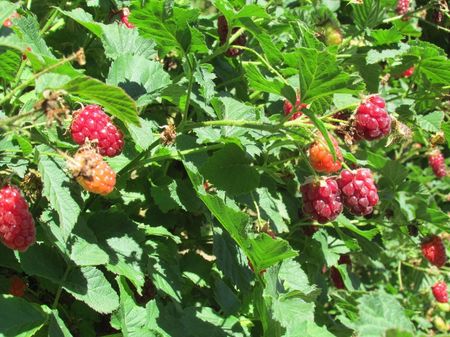 How To Harvest Boysenberries – Picking Boysenberries The Right Way
How To Harvest Boysenberries – Picking Boysenberries The Right WayFor ultimate flavor, boysenberry harvest occurs when the berries are mature and at their peak. It's important for growers to know exactly how and when to pick boysenberries to capture their distinctive taste and aroma. This article can help with that.
By Amy Grant
-
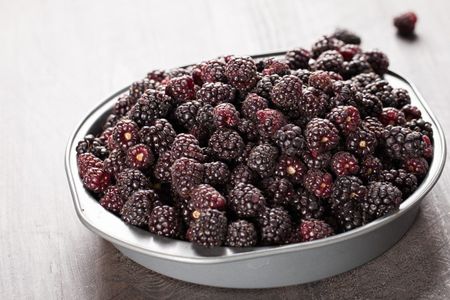 Boysenberry Benefits And Uses – Why Should You Eat Boysenberries
Boysenberry Benefits And Uses – Why Should You Eat BoysenberriesWe've been hearing a lot about the health benefits of berries. What are some benefits of eating boysenberries? Use the information in this article to find out why you should eat boysenberries and how to use boysenberries. Click here to learn more.
By Amy Grant
-
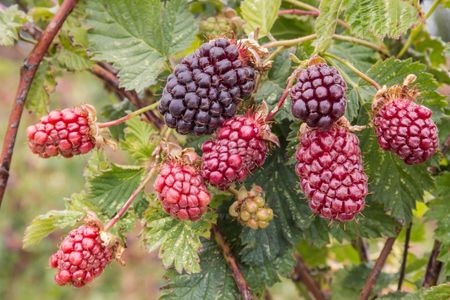 Boysenberry Plant Info – Tips On Growing A Boysenberry Plant
Boysenberry Plant Info – Tips On Growing A Boysenberry PlantIf you love raspberries, blackberries, and loganberries, then try growing a boysenberry, a combination of all three. How do you grow boysenberries? Click here to find out about growing a boysenberry, its care, and other boysenberry plant info.
By Amy Grant
